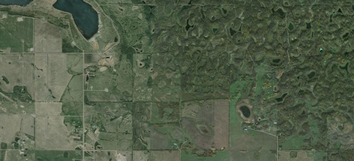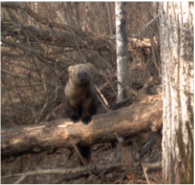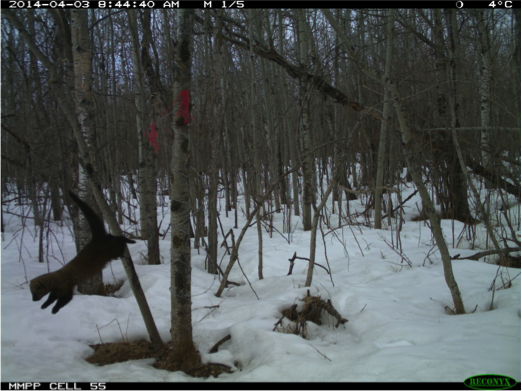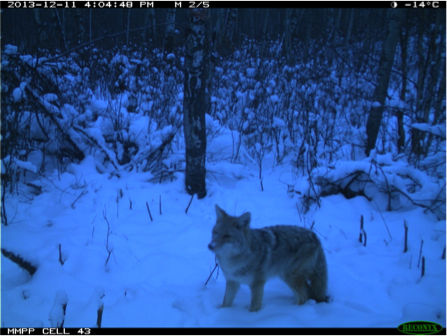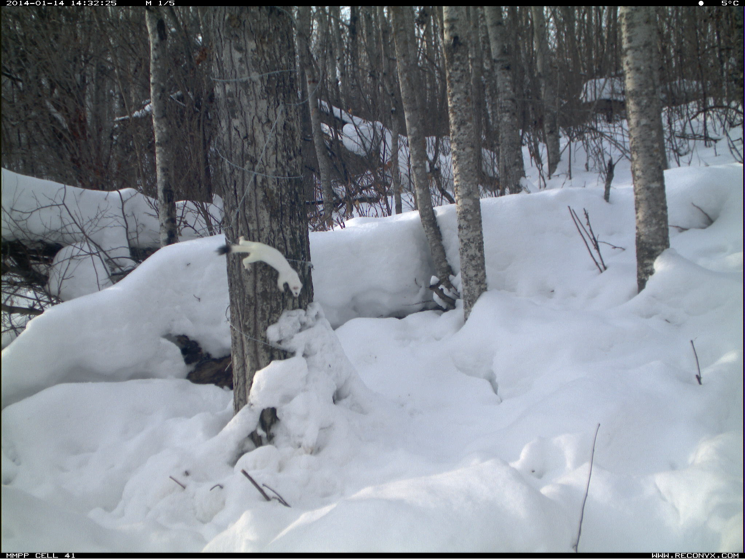Fisher (Pekania pennanti) were re-introduced to the Cooking Lake Moraine in the 1990s, but whether the current animal inhabiting the moraine are descendents from these re-introduced animals, indicating a successful re-introduction as well as limited gene flow and dispersal of this species between the CLM and other areas of Alberta, remains a mystery. Using this natural experiment we hope to answer several goals.
Our goals are:
1. To measure mesocarnivore diversity within this mixed multi-use landscape;
2. Determine how natural and anthropogenic habitat fragments - and their position relative to one another - affect this diversity;
3. Understand how protected areas (PAs) in a mixed-use landscape are functionally connected to one another, and to PAs elsewhere in the province, by examining the genetic structure of reintroduced fisher (Pekania pennanti) populations.
